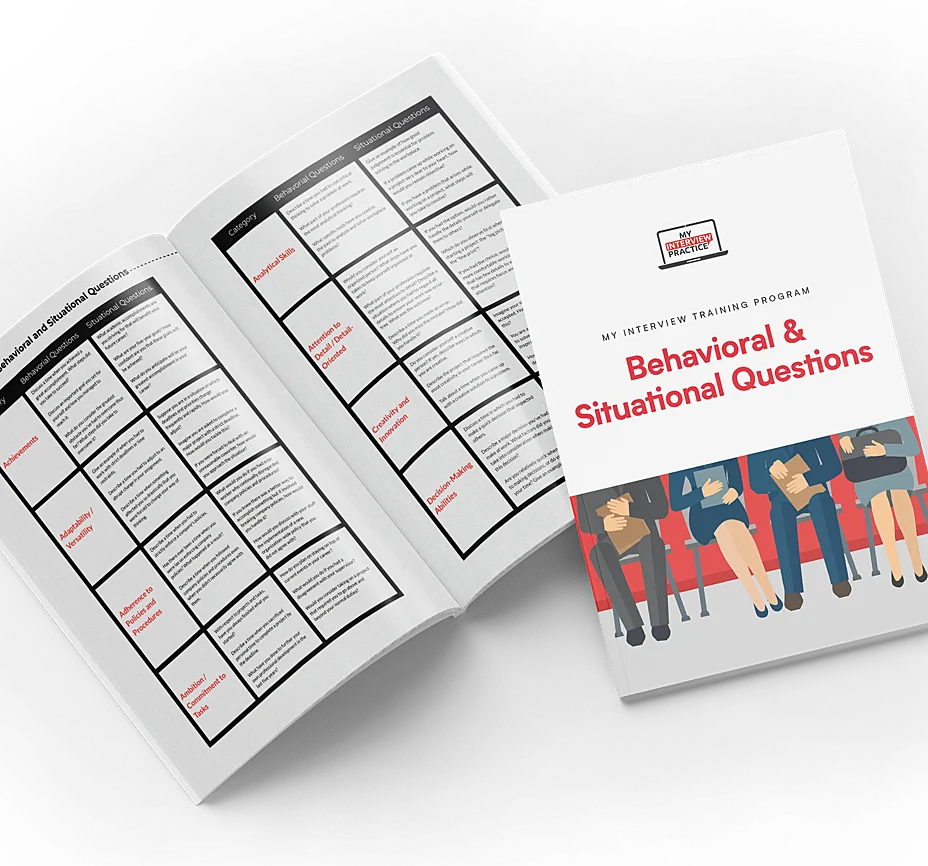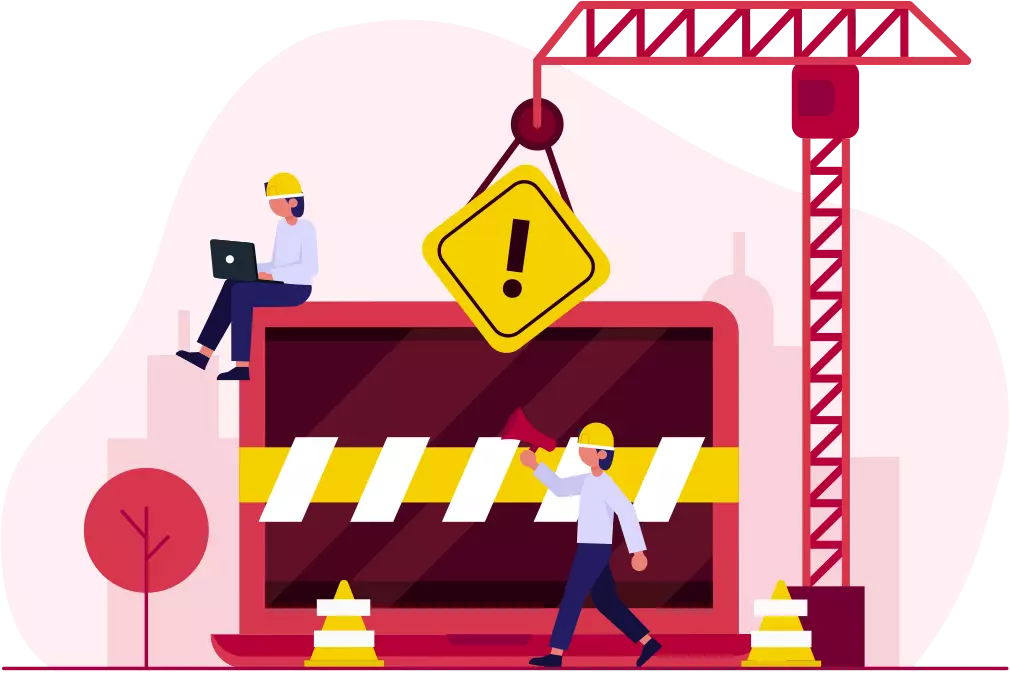 BACK
BACK
Interior Designer Interview Questions
Interior design is a dynamic field that combines creativity, technical knowledge, and client-centered communication to transform spaces into functional and aesthetically pleasing environments. Interior designers must balance artistic vision with practical constraints while meeting client expectations. To help you prepare for an interior designer interview, we’ve compiled 19 essential questions along with explanations and sample answers to guide your preparation.
Interior Designer Interview Questions
1. What inspired you to pursue a career in interior design?
This question gives the interviewer insight into your passion and motivation for becoming an interior designer. Sharing a personal story or experience that led you to this field can help demonstrate your genuine interest.
Example Answer
"My passion for interior design began when I helped redesign my family’s living room as a teenager. Seeing how small changes in layout, colors, and furniture transformed the space inspired me to pursue this as a career. Over time, my enthusiasm grew as I realized how impactful design can be in shaping people’s experiences within a space."
2. Can you describe your design process from concept to completion?
The interviewer wants to understand how you approach projects, from initial client consultations to final execution. Highlight your organizational and creative skills.
Example Answer
"My design process begins with understanding the client’s vision and needs through detailed consultations. I then develop mood boards and preliminary sketches to capture their preferences. Once the concept is approved, I create detailed plans and source materials, coordinating closely with contractors to ensure smooth execution. Regular check-ins and adjustments ensure the final result aligns with the client’s expectations."
3. How do you stay updated on the latest design trends and materials?
Interior design is an ever-evolving field, and staying current with trends is essential. The interviewer wants to know how you keep your skills and knowledge fresh.
Example Answer
"I stay updated by attending design expos, subscribing to industry publications, and following leading designers on social media. I also make it a point to explore new materials and sustainable options, visiting showrooms and collaborating with suppliers to stay informed about the latest innovations."
4. Can you provide an example of a challenging project and how you overcame the obstacles?
This question evaluates your problem-solving skills and ability to handle challenges effectively. Share a specific example that highlights your resilience and creativity.
Example Answer
"One of my most challenging projects involved redesigning a compact apartment with significant structural limitations. The client wanted an open-concept layout, but load-bearing walls restricted us. I overcame this by using multifunctional furniture and custom storage solutions to maximize space while maintaining an open feel. The client was thrilled with the final result."
5. How do you balance aesthetic appeal with functionality in your designs?
Successful interior design marries beauty with practicality. The interviewer wants to see how you prioritize and integrate these aspects in your work.
Example Answer
"I believe that form and function go hand in hand. While aesthetics create the initial impact, functionality ensures the space serves its purpose effectively. I start by understanding the client’s lifestyle or business needs and prioritize practical elements like traffic flow and storage before adding design touches that enhance visual appeal."
6. How do you handle conflicting opinions between clients and contractors?
This question evaluates your communication and conflict-resolution skills, which are critical in maintaining harmony among stakeholders.
Example Answer
"When conflicts arise, I prioritize open communication and act as a mediator to find common ground. For example, if a contractor suggests changes due to feasibility issues, I discuss the implications with the client and propose alternative solutions that align with the original vision while respecting practical constraints."
7. What is your experience with sustainable and eco-friendly design?
Sustainability is increasingly important in interior design. This question gauges your knowledge of eco-friendly practices and materials.
Example Answer
"I frequently incorporate sustainable principles into my designs by sourcing materials with low environmental impact, such as reclaimed wood and recycled metal. I also consider energy-efficient lighting and appliances to minimize the environmental footprint while creating beautiful, functional spaces."
8. How do you manage tight budgets while meeting client expectations?
Interior designers often face financial constraints. The interviewer wants to know how you deliver quality results within a set budget.
Example Answer
"I focus on prioritizing the client’s must-haves and finding cost-effective alternatives where possible. For instance, I might suggest high-quality laminates instead of natural wood or use decorative accents to create impact without overspending. Open communication about costs helps manage expectations and keeps projects on track."
9. What software and tools do you use for your design projects?
Proficiency in design software is a vital skill for interior designers. Highlight your technical abilities and familiarity with industry-standard tools.
Example Answer
"I use AutoCAD and SketchUp for technical drawings and 3D modeling, which help clients visualize the designs. Additionally, I rely on Adobe Creative Suite for mood boards and presentations, and project management tools like Trello to keep everything organized."
10. How do you ensure that your designs reflect the client’s personality or brand?
Personalization is key in interior design. The interviewer is interested in your ability to tailor your designs to individual clients or businesses.
Example Answer
"I start by understanding the client’s personality, preferences, or brand identity through detailed discussions and questionnaires. I incorporate personal touches, like favorite colors or custom art pieces, while ensuring the overall design aligns with their vision. This collaborative approach ensures a unique and meaningful result."
11. Can you describe a time when a project didn’t go as planned? How did you handle it?
This question assesses your ability to navigate setbacks and adapt to unforeseen challenges.
Example Answer
"During one project, a major material shipment was delayed, threatening the timeline. I immediately sourced an alternative supplier and adjusted the schedule to accommodate the change. By maintaining clear communication with the client and contractors, we completed the project only slightly behind schedule without compromising quality."
12. How do you approach designing spaces for clients with different cultural or aesthetic preferences?
Cultural sensitivity and adaptability are essential for diverse client needs. The interviewer wants to see how you navigate varying design styles.
Example Answer
"I begin by researching the client’s cultural background and aesthetic preferences to ensure my designs are respectful and authentic. For example, when working with a client who valued minimalism rooted in Japanese design, I incorporated natural materials, open layouts, and understated elements that reflected their preferences."
13. How do you approach designing for small or unconventional spaces?
Designing for spaces with unique challenges, such as small apartments or oddly shaped rooms, requires creativity and resourcefulness. The interviewer wants to understand your ability to optimize functionality and style in such conditions.
Example Answer
"I focus on maximizing space by using multifunctional furniture, vertical storage solutions, and strategic layouts. In a recent project, I transformed a compact studio apartment by incorporating custom-built furniture that doubled as storage, creating an open yet practical living environment."

The Smarter Way to Prepare
Experience a smarter way to prepare with our interview simulator.
14. How do you collaborate with other professionals, such as contractors or architects, during a project?
Interior design often involves teamwork across various disciplines. This question assesses your ability to work collaboratively and maintain smooth communication with other stakeholders.
Example Answer
"I believe effective collaboration starts with clear communication and mutual respect. I ensure my design aligns with structural and technical requirements by maintaining open dialogue with contractors and architects. For instance, I recently coordinated with an architect to adjust my design plans to fit structural modifications, resulting in a seamless outcome."
15. What strategies do you use to manage multiple projects simultaneously?
Balancing multiple projects is a common challenge for interior designers. The interviewer wants to see how you prioritize tasks, manage time, and maintain quality.
Example Answer
"I rely on detailed project schedules and use tools like Trello to track progress across multiple projects. Setting clear milestones and communicating regularly with clients and teams ensures I stay organized and deliver quality results on time."
16. How do you balance creative freedom with adhering to a client’s budgetary constraints?
Designers often face the challenge of delivering creativity within financial limitations. This question explores your ability to innovate while staying cost-effective.
Example Answer
"I treat budget constraints as an opportunity to get creative. For instance, I recently used affordable yet stylish materials like laminate instead of hardwood to achieve a high-end look within a tight budget. I’m transparent with clients about costs to ensure we stay aligned throughout the process."
17. How do you handle redesigning a space while preserving its historical or cultural significance?
Working on spaces with historical or cultural importance requires sensitivity and respect. The interviewer is assessing your ability to balance modernization with preservation.
Example Answer
"When redesigning a space with historical significance, I research its history and key elements to ensure they are honored. During a restoration project for a 1920s home, I preserved original woodwork and vintage fixtures while incorporating modern conveniences to maintain the home’s character."
18. How do you ensure the safety and functionality of your designs, especially in high-traffic areas?
Safety and durability are crucial in spaces that see frequent use, such as commercial areas or family homes. The interviewer wants to know how you prioritize these elements without sacrificing style.
Example Answer
"I consider safety and functionality from the start by choosing durable, slip-resistant materials and planning layouts with clear pathways. For a restaurant project, I selected furniture and finishes that could withstand heavy use while maintaining a welcoming aesthetic."
19. What steps do you take to ensure your designs meet accessibility standards?
Accessibility is an essential consideration in modern design. The interviewer wants to see how you address the needs of all users.
Example Answer
"I prioritize accessibility by incorporating features like wide doorways, lever handles, and adjustable-height counters. During a recent office design, I worked closely with accessibility consultants to create an inclusive environment that catered to all employees’ needs."
A word of warning when using question lists.
Question lists offer a convenient way to start practicing for your interview. Unfortunately, they do little to recreate actual interview pressure. In a real interview you’ll never know what’s coming, and that’s what makes interviews so stressful.
Go beyond question lists using interview simulators.
With interview simulators, you can take realistic mock interviews on your own, from anywhere.
My Interview Practice offers a dynamic simulator that generates unique questions every time you practice, ensuring you're always prepared for the unexpected. Our AI-powered system can create tailored interviews for any job title or position. Simply upload your resume and a job description, and you'll receive custom-curated questions relevant to your specific role and industry. Each question is crafted based on real-world professional insights, providing an authentic interview experience. Practice as many times as you need to build your confidence and ace your next interview.
| List of Questions |
In-Person Mock Interview |
My Interview Practice Simulator |
|
|---|---|---|---|
| Questions Unknown Like Real Interviews | |||
| Curated Questions Chosen Just for You | |||
| No Research Required | |||
| Share Your Practice Interview | |||
| Do It Yourself | |||
| Go At Your Own Pace | |||
| Approachable |
The My Interview Practice simulator uses video to record your interview, so you feel pressure while practicing, and can see exactly how you came across after you’re done. You can even share your recorded responses with anyone to get valuable feedback.
Check out My Interview Practice
Positions you may be interested in
Get the free training guide.
See the most common questions in every category assessed by employers and be ready for anything.
Get the Guide


